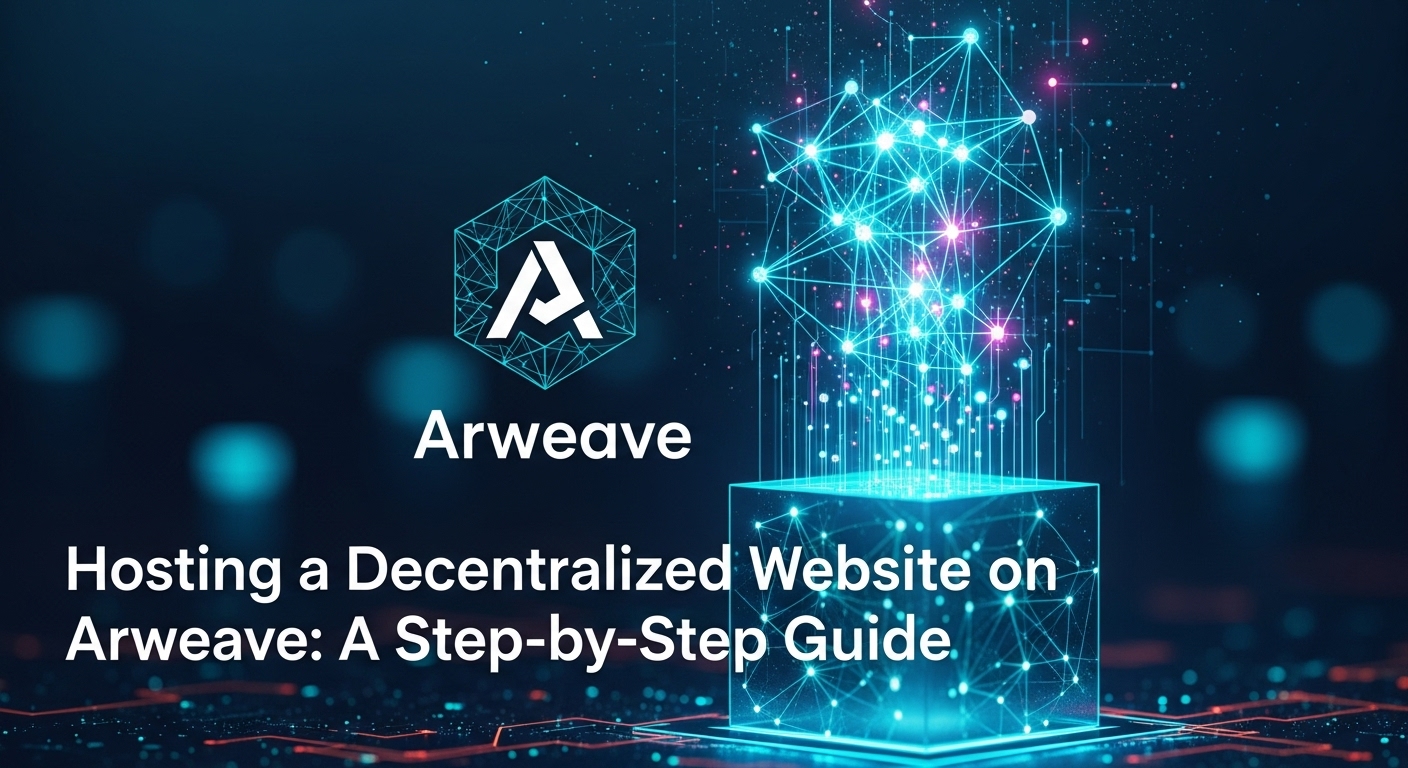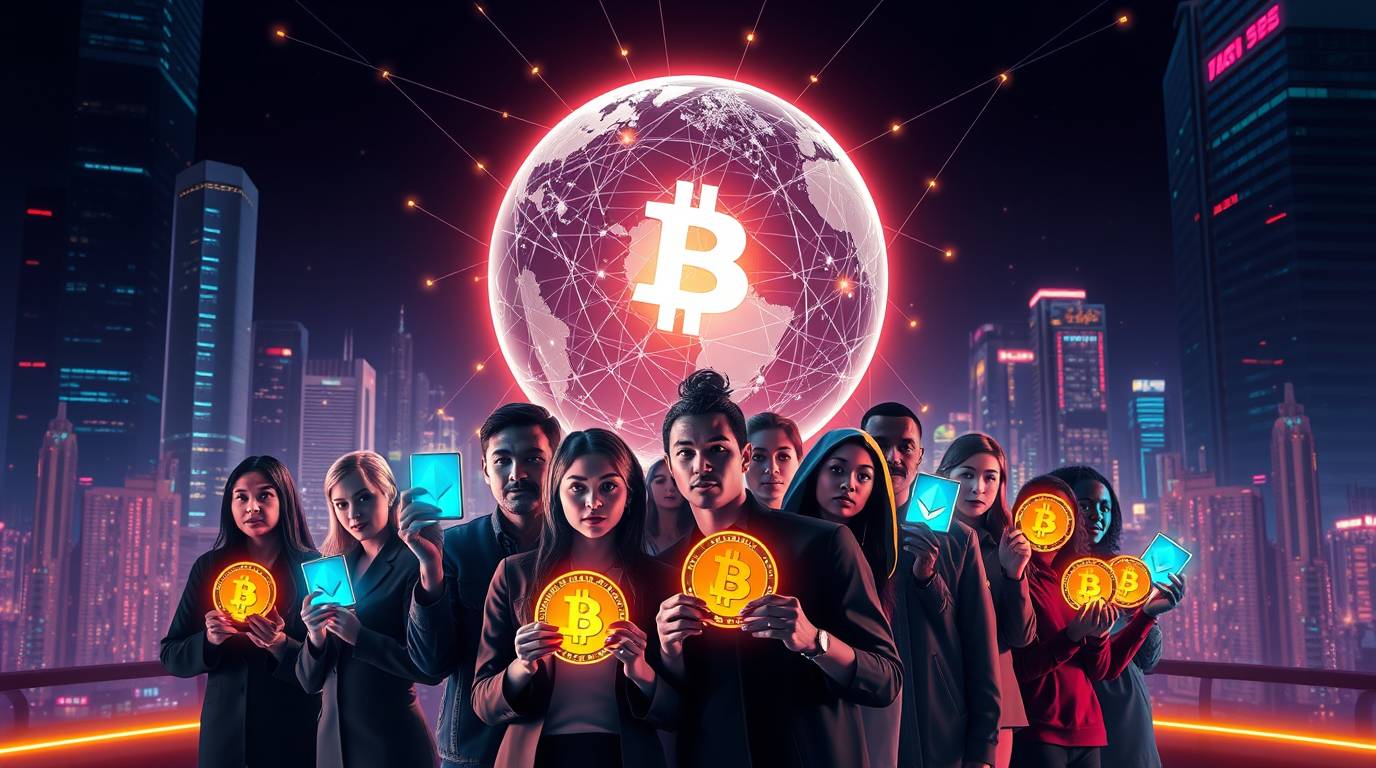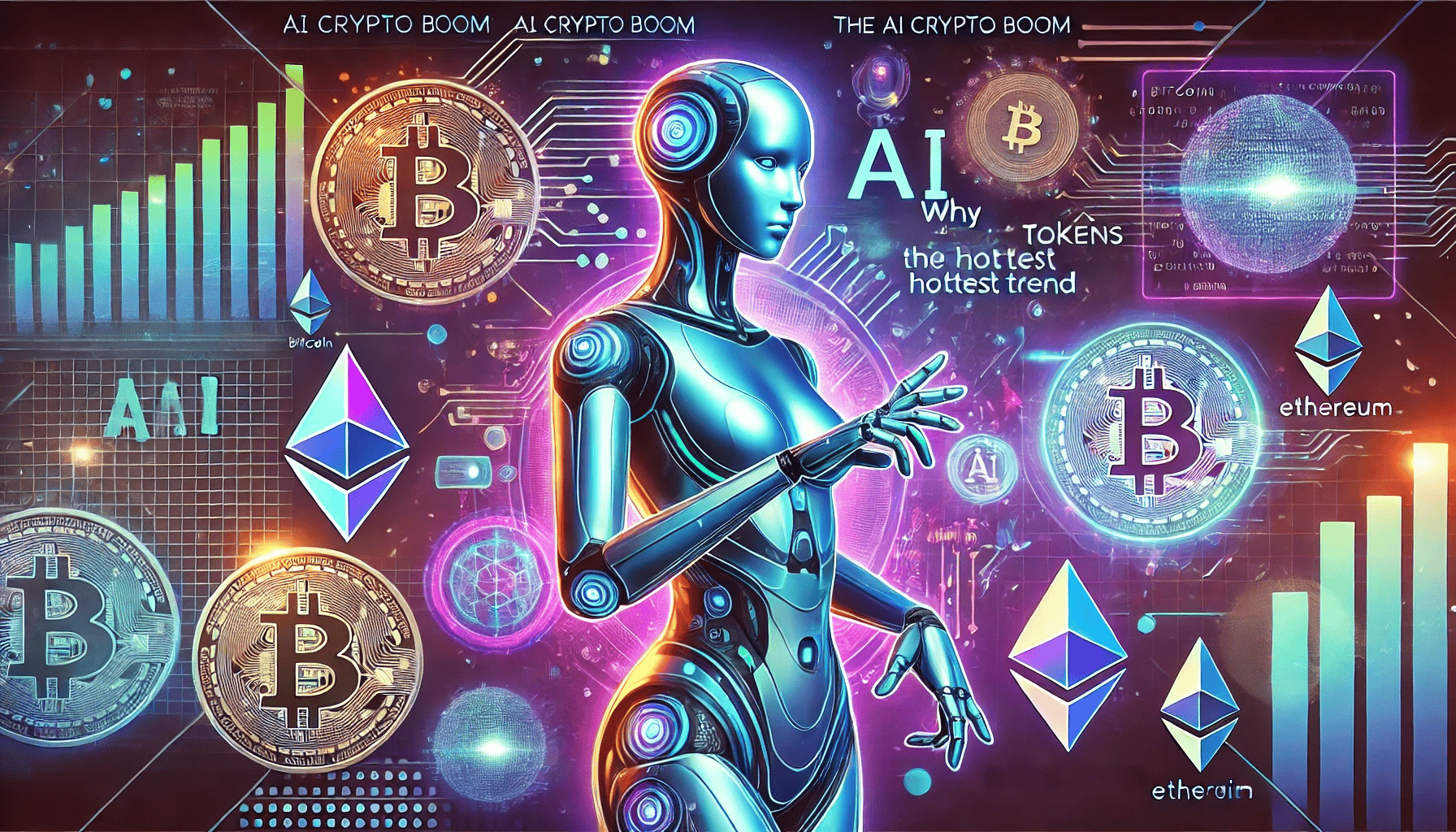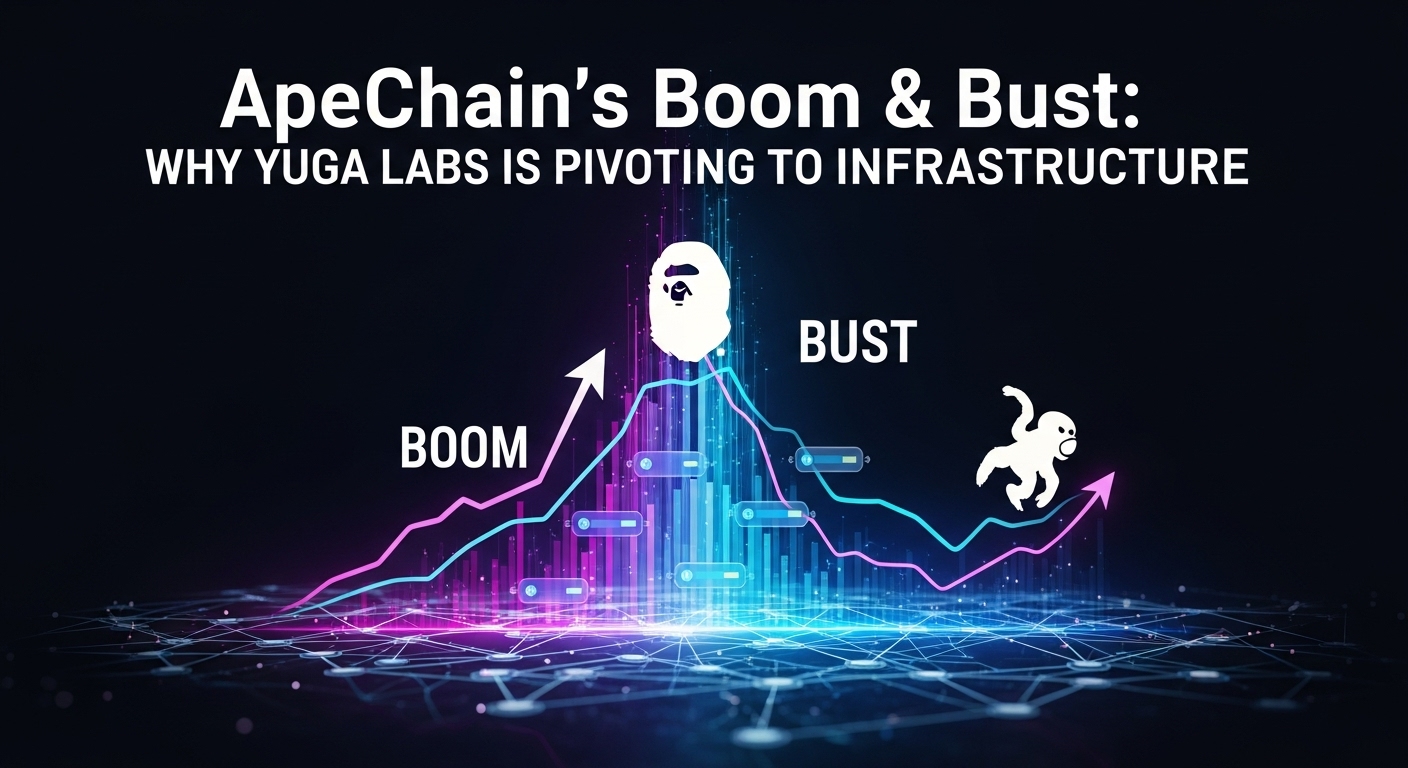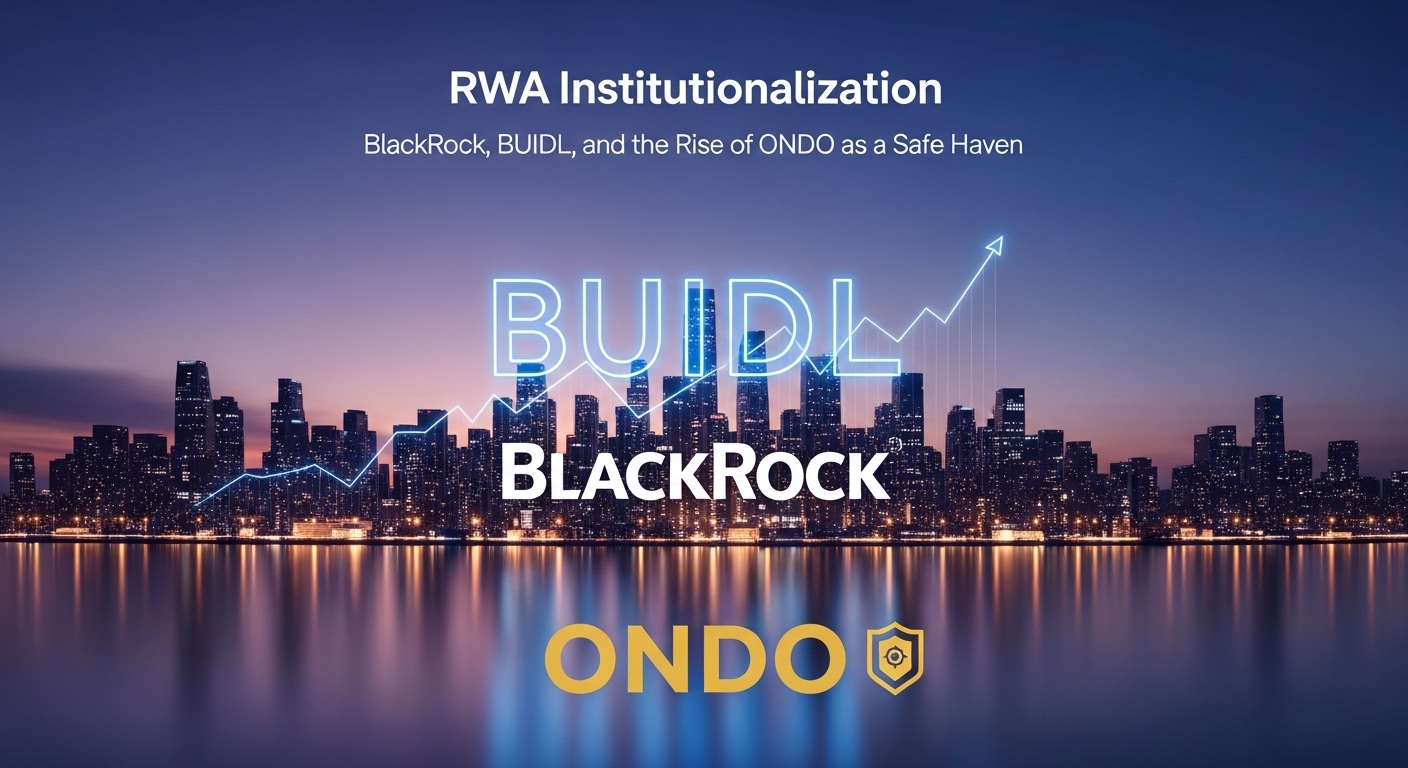Hey there, future Web3 explorer! Ever dipped your toes into the world of crypto and blockchain, maybe tried to send some tokens or play a decentralized game, and then BAM! You hit a wall called "gas fees." It’s like paying for every breath you take in this digital realm, and it can be a real buzzkill, especially when you're just starting out.
But what if I told you the future of Web3 is looking a whole lot smoother, potentially even... gas-free? Yep, you read that right. The engineers and innovators behind the scenes are working tirelessly to make Web3 feel as effortless as using your favorite social media app. Let's dive into what gas is, why it's been a hurdle, and how we're moving towards a world where those pesky fees might just fade into the background.
What's the Deal with Gas Anyway?
Before we talk about getting rid of it, let's quickly unpack what "gas" actually is. Think of gas as the transaction fee you pay on many blockchain networks, especially Ethereum, which is where a lot of Web3 magic happens.
Imagine the blockchain as a giant, super-secure public ledger. Every time you want to do something – send crypto, swap tokens, mint an NFT, interact with a decentralized app (dApp) – you're essentially asking a network of powerful computers (called "validators" or "miners") to process and record your transaction on this ledger.
- Paying for Work: Gas is the payment you offer these validators for their computational effort, energy, and time to process your transaction. Without it, anyone could spam the network with endless, meaningless transactions, grinding it to a halt.
- Security & Incentives: It also acts as a security measure, making it economically unfeasible to attack the network. Plus, it incentivizes validators to keep the network running smoothly.
- Volatile Costs: The price of gas isn't fixed. It fluctuates based on network demand. When lots of people are trying to do things on the blockchain at once, gas prices skyrocket, like surge pricing for a taxi during rush hour.
Why Gas Can Be a Headache for Beginners
For seasoned crypto pros, gas fees are just a fact of life. But for someone new to Web3, they can be a major turn-off:
- Unexpected Costs: You might think you have enough crypto for a transaction, only to find out you also need extra for gas, often paid in the network's native token (like ETH for Ethereum).
- Complex Calculations: Understanding how much gas you need, what a "Gwei" is, and whether to set a "high" or "low" gas limit can be confusing.
- Failed Transactions: Sometimes, if you don't offer enough gas, your transaction can fail, and you still lose the gas you paid! It's like paying for a bus ticket only for the bus to break down, and you don't get your money back.
- Barrier to Entry: Small transactions, like sending a few dollars or playing a simple game, become uneconomical when gas fees are high. This discourages casual users and limits mass adoption.
The Dream: Gas-Free Transactions!
So, the dream is clear: make Web3 as easy and frictionless as possible. And a big part of that is making gas fees disappear from the user's perspective. Now, here's the catch: truly "gas-free" is a bit of a misnomer. Someone, somewhere, still has to pay for the computational work. The magic lies in abstracting or subsidizing those costs so you, the end-user, don't have to worry about them. It's like when you use a "free" app – it's not truly free to run, but the company behind it covers the costs (often through ads or data).
How Does 'Gas-Free' Actually Work? The Tech Behind the Magic
This isn't just wishful thinking; there are several exciting technologies and approaches making "gasless" transactions a reality:
1. Layer 2 Scaling Solutions (L2s)
These are like express lanes built on top of congested main blockchains (Layer 1s, like Ethereum). They process transactions off the main chain, bundle them up, and then send them back to the main chain in one go, dramatically reducing costs.
- How they work: Imagine a busy highway (Layer 1). Instead of every car (transaction) driving directly on it, L2s create a separate, parallel road where thousands of cars can drive much faster and cheaper. Then, they package all those cars into one big truck and send that truck onto the main highway. You pay for the "truck" fee, which is shared among all the cars inside.
- Examples: Popular L2s include Arbitrum, Optimism, and Polygon. Many dApps are already moving to these networks, offering much lower fees and faster transactions. You might still pay a small fee on these L2s, but it's often fractions of a cent compared to dollars or even tens of dollars on Layer 1.
2. Account Abstraction (ERC-4337)
This is a game-changer, especially for Ethereum. Think of it as upgrading your crypto wallet from a basic bank account to a smart, customizable financial assistant.
- The Problem: Traditional crypto wallets (like MetaMask) are "Externally Owned Accounts" (EOAs). They're simple, but they require you to hold the native token (e.g., ETH) to pay for gas directly.
- The Solution: Account Abstraction (AA) allows "smart contract wallets" to behave more like regular accounts. This opens up incredible possibilities:
- Paying Gas with Any Token: Imagine paying your transaction fee in USDC or DAI, not just ETH!
- Sponsored Transactions: A dApp or a third party could pay your gas fees for you. For instance, a game might cover your gas costs to mint an in-game item, making it completely free for you.
- Batching Transactions: Instead of paying gas for each small action, AA allows multiple actions to be bundled into one transaction, saving you money.
- Social Recovery: Easier ways to recover your wallet if you lose your seed phrase, making crypto less scary.
- Impact: AA is crucial for making Web3 feel intuitive and user-friendly, removing the need for users to even think about gas.
3. Delegated Gas Payments (Meta-transactions)
This concept has been around for a while and is a simpler form of what Account Abstraction enables.
- How it works: You sign a transaction (proving you want to do something), but you don't pay the gas. Instead, a third party (often the dApp itself) pays the gas on your behalf.
- Use Cases: Useful for onboarding new users or for specific actions where the dApp wants to subsidize the cost to encourage usage.
4. Specific Blockchain Architectures
Some blockchain networks are designed from the ground up to have very low or near-zero transaction fees.
- Examples:
- Solana: Known for its incredibly high transaction throughput and extremely low fees (often fractions of a cent).
- NEAR Protocol: Uses a concept called "transaction keys" where gas can be paid by a contract or a dApp, making it invisible to the user.
- Avalanche Subnets: Allow projects to launch their own custom blockchains where they can define their own fee structures, including entirely free transactions.
Why This Matters: The Big Picture for Web3
The move towards gas-free (or gas-abstracted) transactions isn't just a minor convenience; it's a fundamental shift that could unlock Web3's true potential:
- Mass Adoption: Removing the gas barrier makes Web3 accessible to everyone, not just those comfortable with crypto complexities. It makes dApps feel like regular apps.
- Better User Experience (UX): No more "out of gas" errors, no more unexpected costs. Just smooth, seamless interactions.
- New Business Models & dApp Possibilities: Imagine micro-transactions in games, voting in DAOs, or sending tiny tips without worrying about fees eating up the value. This opens up entirely new ways to design and use decentralized applications.
- Financial Inclusion: Lower costs mean more people, especially in developing nations, can participate in the global digital economy.
Is It Really 'Free'? A Few Things to Keep in Mind
While the term "gas-free" sounds like a magic bullet, it's important to remember:
- Someone Always Pays: The computational work still costs money. The "gas-free" experience means the cost is either absorbed by a dApp, subsidized by a project, or significantly reduced through scaling solutions.
- Sustainability: Projects offering "free" transactions need a sustainable business model to cover those costs. This could be through subscriptions, premium features, or other revenue streams.
- Security Trade-offs: Some ultra-low-fee chains might involve different security assumptions or decentralization levels compared to very high-fee chains like Ethereum Mainnet. It's always a balance.
- Still Evolving: Many of these solutions, especially Account Abstraction, are still relatively new and evolving. While the promise is huge, the full ecosystem is still being built out.
The Future is Bright!
For you, the beginner, this shift towards gas-free Web3 means a much smoother, more intuitive experience. You'll be able to interact with decentralized applications, explore NFTs, and dive into the metaverse without constantly checking your digital wallet to see if you have enough gas.
It's a sign that Web3 is maturing, moving past its early, clunky phase into a future where the underlying technology fades into the background, and the amazing possibilities of a decentralized internet take center stage. So, get ready to experience Web3 like never before – where the only thing you'll be focused on is the innovation, not the fees!


